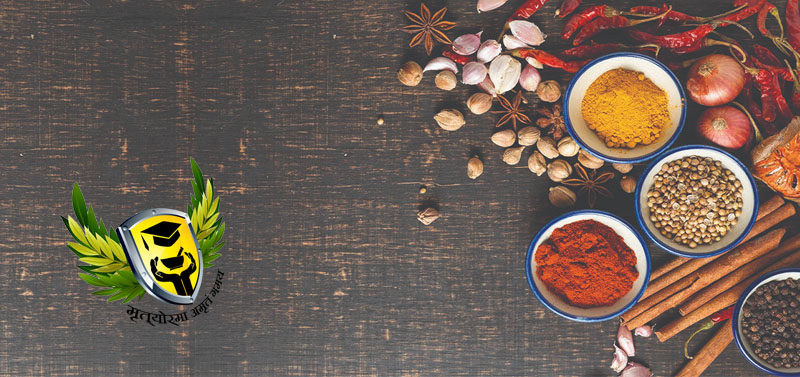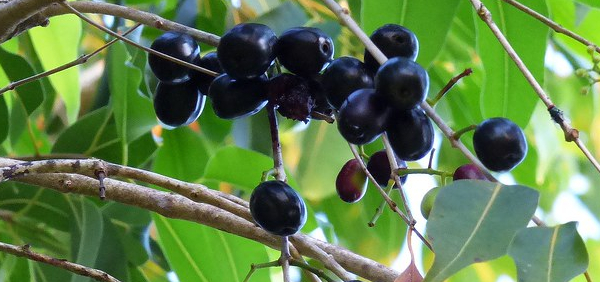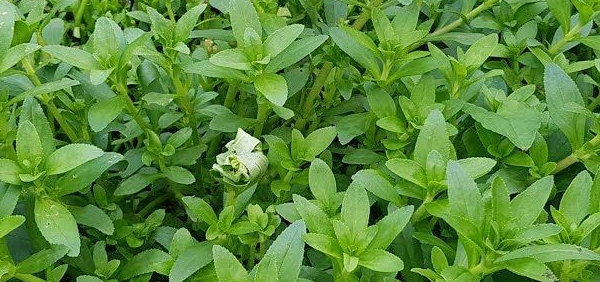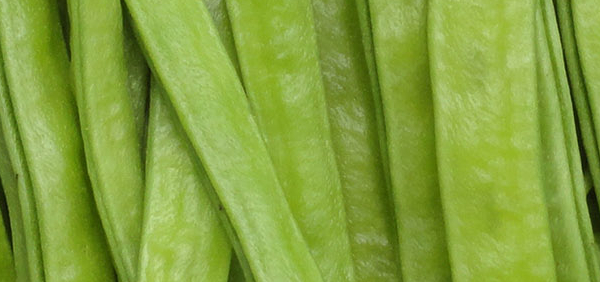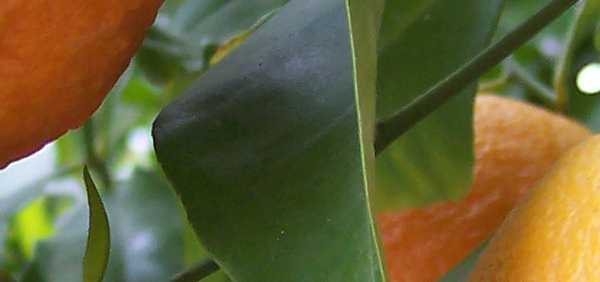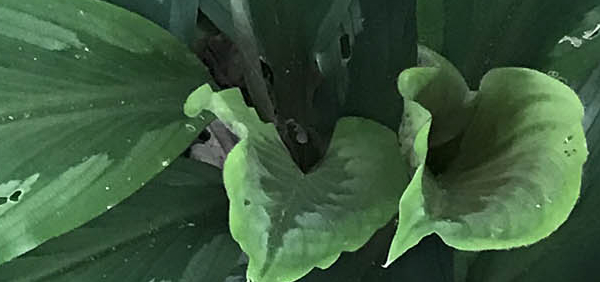malayavach :
 Alpinia galanga, a plant in the ginger family, is an herb used in cooking in Southeast Asia. It is one of four plants known as galangal and is differentiated from the others with the common name greater galangal, lengkuas, or Thai ginger. The galangals are also called blue ginger.
Alpinia galanga, a plant in the ginger family, is an herb used in cooking in Southeast Asia. It is one of four plants known as galangal and is differentiated from the others with the common name greater galangal, lengkuas, or Thai ginger. The galangals are also called blue ginger.HISTORICAL AND MYTHOLOGICAL REVIEW:
The rhizomes of galangal and its derivatives have been used for their aromatic stimulant, carminative, and condiment properties, much like ginger, and are extensively used in Asian cuisine. Young inflorescences and leaves are eaten raw in salads in Asia. Galangal oil is used to flavor French liqueurs and is also used in some tobaccos. The "ginger" of Thailand is obtained from A. galanga. The large, ordinary, preserved ginger of China is also derived from A. galanga. A. galanga (greater galangal), containing the volatile oil essence dAmali, is used in China and northern India for various respiratory complaints in children, particularly bronchial catarrh (mucous membrane inflammation). Other traditional uses include the treatment of rheumatism, ulcers, incontinence, fevers, microbial infections, bad breath, whooping cough, throat infections, and diabetes.Taxonomical Classification
Kingdom: Plantae - Plants
Subkingdom: Streptophyta
Superdivision: Spermatophyta - Seed plants
Class: Magnoliopsida - Dicotyledons
Family: Zingiberaceae
Genus: Alpinia
Species: Alpinia galanga
Allied species:
Galangal is from the same family as ginger, the Zingiberaceae, but the species are not equivalent, and also should not be confused with the unrelated "galingale" from the genus CyperusVERNACULAR NAMES
Sanskrit: Sugandhmula, Malaya, Vacha, MahabharivachaEnglish: java glangal , Photo: Krishan Lal Common name: Thai Ginger, siamese ginger, Greater Galangal
Hindi: Kulanjan, Kulinjan
Urdu: Kukanjan
Telugu: Dumparasstamu
Bengali: Kulanjana, Kurachivach
Marathi: Kulinjan
Gujarathi: Kolijan
Tamil: Arattai
Malayalam: Aratta, Cifarratta
Kannada: Dhomraasmi
Punjabi: Kulanjan
Sindhi: Kathi
Arabic: Khalanjan, Adkham, Galangal, Kulnjan,Kholongan,Gorengal
Assamese: Khulanjana
Chinese: Liyaang
Burma: Padagoji
Persian: Khurdwari
Varities:
Alpinia galanga (L.) Sw. (Zingiberaceae) is commonly known by various names as galangal, greater galangal, Java galangal and Siamese ginger (English). The related species are A. officinarum Hance and A. calcarata Rosc., which are known as lesser galangal. All the three species have more or less similar properties and uses and hence in trade practically no distinction is made among them.Definition
Synonyms
Synonyms in Ayurveda: mahabharivaca, kulaj, gandhamula, kulanjan, gandhabija, ugragandha, sugandha, mahabhairavach, malayavacaUnder the names chewing John, little John to chew, and court case root, it is used in African American folk medicine and hoodoo folk magic
Rasa: Katu
Guna: Laghu Ruksha Teeskhsna
Veerya: Ushna
Vipaka: Katu
Karma: Vathakaphahara
Galangal was known to the ancient Indians, and has been in the West since the Middle ages. Its stimulant and tonic properties are recognized by the Arabs who ginger up their horses with it, and by the Tartars, who take it in tea. In the East, it is taken powdered as a snuff, and is used in perfumery.
Cultivation:
A plant for the warmer tropics, preferring high humidity and a temperature that does not fall below 15°c[]. It is found at elevations up to 1,200 metres[]. It grows best in areas where annual daytime temperatures are within the range 27 - 32°c, but can tolerate 20 - 36°c. It prefers a mean annual rainfall in the range 2,500 - 3,000mm, but tolerates 2,000 - 3,700mmPrefers a well-drained, humus-rich soil and a position in partial shade Succeeds in full sun and can tolerate some drought. Prefers a pH in the range 5.5 - 6.5, tolerating 5 - 6.8
Propogation:
Seed - best sown as soon as ripe[]. Sow in containers and keep at around 20cDivision of the rootstock as new growth begins[]. Very easy. Shoots from pieces of galanga rhizome emerge about 1 week after planting; within 4 weeks 2 - 3 leaves have developed
Harvesting:
The rhizome develops quickly and reaches its best harvest quality 3 months after plantingPlants can spread rampantly when growing in suitable conditions
Phytochemistry:
Kulanjan contains Volatile oil, containing α - pinene, β - pinene, limonene, cineol,eugenol, terpinen - 4 - ol and α – terpineol, sesquiterpenes, isomers of cardinene and resin contains galangol, kaempferide, galangin, as well as starch and other constituents.PHARMACOLOGY:
important formulations- kulanjan churna
- kulanjan taila
- kulanjan rhizome
Parts used for medicinal purpose
Underground rhizomes, ,Dosage:
- Powder - 1-3gm
- Decoction - 10-30ml
Substitute:
Use equal amounts of ginger to substitute for galangal.Adultrants:
Alpinia galangal is adulterated with Alpinia officinarum, which is known as lesser galang.Commercial value:
-‘Khulanjan’, commonly known as the greater galangal or galanga major, is used in the indigenous system of medicine in the treatment of catarrhal affections . Two species of Alpinia (Zingiberaceae), A. galanga and A. officinarum are reported to be the source plant of galangal. However they have been referred to as greater galangal or galanga major (A. galanga) and galangal minor or lesser galangal (A. officinarum) in most of the publications on medicinal plants. A. galanga rhizome is also used as the source plant of another Ayurvedic drug ‘Rasna’ through the South India . A large quantity of the drug is sold in the Indian crude drug markets under the name ‘Bach’, source plant of which is Acorus calamus Linn.Morphology:
Tender perennial herb, aromatic, up to 2.5m high with 1.0m spread; with thick fragrant tuberous rootstocks, resembling the scent of ginger, from which the new shoots sprout in the spring .Leaves linear- lanceolate, alternating, produced on reedy stems with fringed borders 15-25x3-6 cm ; white sheath, long ligule rounded . Inflorescence racemose, tubular flowers bisexual, produced in pendulous panicles on a separate leafless peduncle, with large ovate white bracts, perianth tremors , one stamen and three carples, red in color with whitish pink or yellow labellum, The fruits are red berries; seeds obtusely angular and aromatic.Histology:
Transverse section of the rhizome shows the epidermal cells which are covered by a thick smooth cuticle. The cells are anticlinal with straight moderately thick almost beaded cell walls. The outer cortex consists of two or three layers of more or less collapsed small cells that contain pigments. The inner cortex consists of large rounded to oval parenchymatous cells with various sizes. The majority of cells are densely starch-filled and the grains are club-shaped slightly curved somewhat flattened and the smaller grains are ovoid or rounded. Interspersed throughout the cortex are numerous cells partially or completely filled with dark reddish-brown amorphous masses. Few cells contain pale yellowish volatile oil. Vascular bundles exist throughout the cortex and they contain angular-shaped vessels that are reticulately and spirally thickened. The endodermis consists of small uniform parenchymatous starchfree cells and the cells of the pericycle are small and collapsed.(Anonymous1996; Bisset 2001) .Geographical distribution:
Tropical plant from South East Asia,India, China and now widely distributed in the tropical and subtropical regions of the world ; more recently it is cultivated in US, India and South East asia.ECOLOGICAL ASPECT:
The rhizome has been shown to have weak antimalarial activity in mice.General Use:
- Kulanjan is a very effective herb for treating cough, asthma and it very effective herb for treating winter season related problems. Kulanjan powder along with honey is used to treat respiratory system related problems in children and old age people. Its bronchodilator properties help to treat asthma. In itching of the throat, it is also very beneficial.
- Its aromatic, digestive and stimulant properties help to treat digestive system related problems. Due to its strong aroma, it is used in the preparation of other medicines.
- It is used to treat incontinence (mutratyaag) of urine in sufferers of diabetes (madhumeha).
- It is also very beneficial for treating bad breath and it also possesses aphrodisiac properties.
- Oils present in this herb is a very effective for treating skin related disorders.
- Powder of kulanjan is rubbed over teeth is very beneficial for treating toothache.
- Kulanjan powder is rubbed over the skin is used to treat excessive sweating.
Therapeutic Uses:
- It helps to reduce inflammation in the abdomen and good for treating discomfort caused by abdominal ulcers. It is also good for treating various other digestive system related problems.
- Kulanjan is a very effective herb that is used to dilate blocked blood vessels and improves circulation of blood in the body. Basically, it is used to improve circulation of the upper and lower extremities.
- Its carminative properties help to relieve constipation and other major underlying symptoms associated with this problem like flatus, bloating and abdominal discomfort.
- Powder of kulanjan is used as mouth freshener that is used to treat mouth related problems and bad breath.
- Fine powder of kulanjan in form of snuff to treat various nasal infections.
- A decoction prepared from roots is used as a gargle to treat bleeding, swollen gums and other infections associated with gums.
- Anti-pyretic properties of this herb are very beneficial for treating chronic fever.
- It is also anti-microbial in nature that helps to fight against infections caused by various bacteria, virus, and other micro-organisms.
- Apart from internal uses pure extract obtained from roots of kulanjan is applied externally over skin to improve skin tone and complexion. Anti-oxidants present in this herb are good for skin care and protect the dermis from free radicals and infections. Juice is also applied over skin burns to relieve the burning sensation.
- Anti-fungal nature of this miraculous herb helps to fight against urinary tract related infections.
Systemic Use:
1. Traditional use to treat childrens respiratory complaints, galangal species show promise as antifungals, hypotensives, and enhancers of sperm count and motility. Antitumor and antidementia effects have been observed in rodents.
2.It is valued for its stimulating effect upon the digestive system, being used to treat conditions such as indigestion, colic and dysentery, whilst it is also used in the treatment of skin diseases, enlarged spleen, respiratory diseases, cancers of mouth and stomach, for treatment of systemic infections, cholera, and after childbirth.
3.It is aphrodisiac, aromatic, bitter, digestive, expectorant, pungent herb that stimulates the digestive system.
Administration:
Kulanjana powder is used against bad breath as a mouth freshener.Pharmacological:
Clinical trials:
Scheffer, J.J.C. & Jansen, P.C.M., 1999. Alpinia galanga (L.) Willd.[Internet] Record from Proseabase. de Guzman, C.C. and Siemonsma, J.S. (Editors). PROSEA (Plant Resources of South-East Asia) Foundation, Bogor, IndonesiaResearch:
Precautions:
information regarding safety and efficacy in pregnancy and lactation is lacking.Toxicity studies:
information is limitedUse in other system of medicine:
Galangal was known to the ancient Indians, and has been in the West since the Middle ages. Its stimulant and tonic properties are recognized by the Arabs who ginger up their horses with it, and by the Tartars, who take it in tea. In the East, it is taken powdered as a snuff, and is used in perfumeryCONCLUSION:
Galangal is a reed-like perennial herb with stems growing up to 1 m high that are covered by sheaths of narrow lanceolate leaves. Its inflorescence is a short raceme of white flowers that are veined and shaded in dull red. The plant has been cultivated for the rhizomes in India, China, and Southeast Asia. Galangal rhizomes appear on the market as branched or simple rhizome fragments with wavy, reddish-brown annulations of the leaf bases that have an aromatic, spicy, and pungent odor and flavor. Galangal is from the same family as ginger, the Zingiberaceae, but the species are not equivalent, and also should not be confused with the unrelated "galingale" from the genus Cyperus.Ayurvedic Formulations:
Common Ayurvedic Formulations of malayavach with their IndicationsPothin Dravakam - Attin Brath is a general medicine to increase strength, vitality and stamina.
KEY WORDS: malayavach Alpinia galanga Willd., Alpinia calcarata
- » Classification and names of malayavach
- » Synonyms and definitions of malayavach
- » Drug Properties of malayavach
- » Chemical Constituents of malayavach
- » Standardization of malayavach
- » Parts used and Dosage of malayavach
- » Morphology and Histology of malayavach
- » Distribution and Conservation of malayavach
- » Cultivation of malayavach
- » malayavach in the market
- » Medicinal Uses of malayavach
- » Researches and clinical trails of malayavach
- » malayavach in other sytems of medicine
- » Ayurvedic formulations with malayavach
- » Images of malayavach



